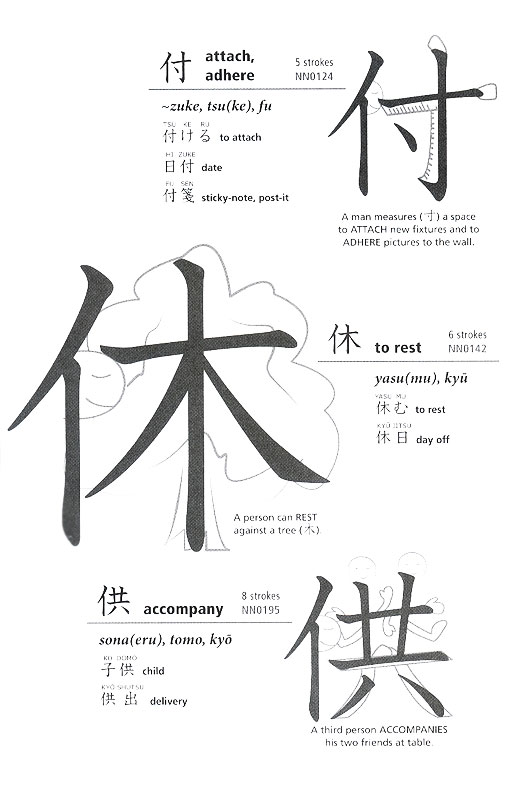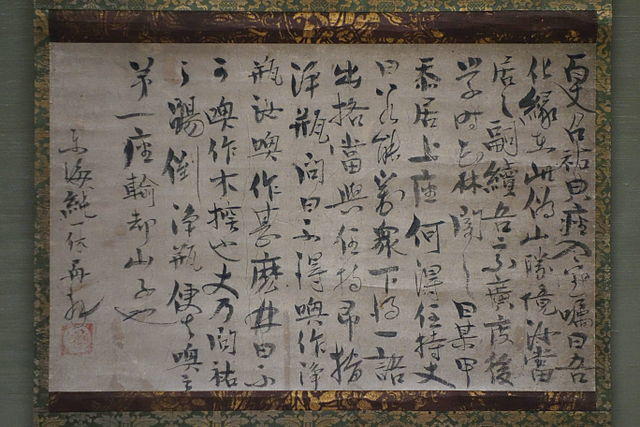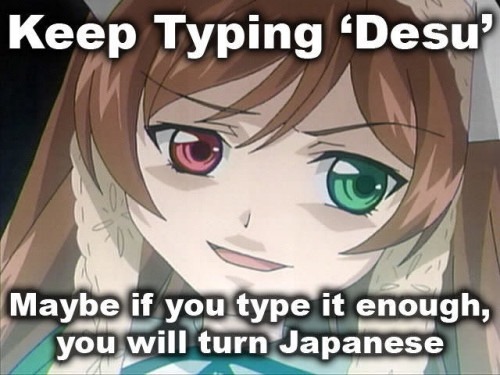
Obviously, I had reservations about any book that claims to make learning Japanese kanji easy. Where I decided to “brute force” memorize hiragana, Michael Kluemper offers tools to help reduce the difficulty. I wouldn’t say he makes Japanese Kanji easy, but the tools he lays out in the book are certainly helpful.
Kluemper uses a system of drawings to help you remember both the meaning and the pronunciation of kanji phrases and kana phonemes. For example, ki (き)looks like a key turning in a lock. When I first looked into studying kana, the idea of using images to aid memory didn’t occur to me.
Kluemper uses this idea to break kanji into its components to help you tease out the phrase’s meaning. You can see examples of this in the image above.
The book organizes kanji into families based upon a common symbol used within the phrase. For example, hito (人) shows various kanji that uses the symbol as part of the phrase. 人 means person in English. This organization is helpful for focusing on learning the phrases. It also helps you see commonalities in how each of the phrases can break down into their individual components.
There is also a thorough index to help you find specific English phrases and their kanji equivalents.
The book comes with an audio CD that features a native Japanese speaker saying each of the book’s phrases. I am unable to try the CD, unfortunately. I haven’t used a CD player or DVD drive in about two years. My computer’s drive malfunctions, and I found no need for one with software being available for download most of the time. The book would be well served by offering a digital audio download in addition to the enclosed CD.

Some of Kluemper’s suggested memory aids are clunky or strained. He tried to keep the suggested aids consistent, but this consistency sometimes makes the aids confusing or unhelpful. However, he suggests making your own memory aids based upon what images you see in a kanji.
The book is also intimidating at first. There are 1,000 kanji and kana stuffed into its 216 pages. However, the book’s organization helps you set up lessons that work for you. The book starts basic in each section and builds slowly on the section’s base term, like 人. This helps you ease into the section.
The layout of the kanji can be confusing. The phrases and their associated text do not follow a set layout. Most pages have 5 kanji phrases. I prefer a more ordered layout. A layout with verbs or common words shown larger with the other words placed orderly down the right of left side of the page would work better. The book lacks stroke order as well, but adding stroke order to the drawings would make each page too busy.
Kluemper’s book offers a different way of learning kanji and kana compared to other books. Teaching yourself a new language requires patience and persistence. I wouldn’t say Kluemper’s book makes learning Kanji easy, but it certainly eases the process if you are a vision learner.
You can find Japanese Kanji Made Easy at Tuttle Publishing and on Amazon.




